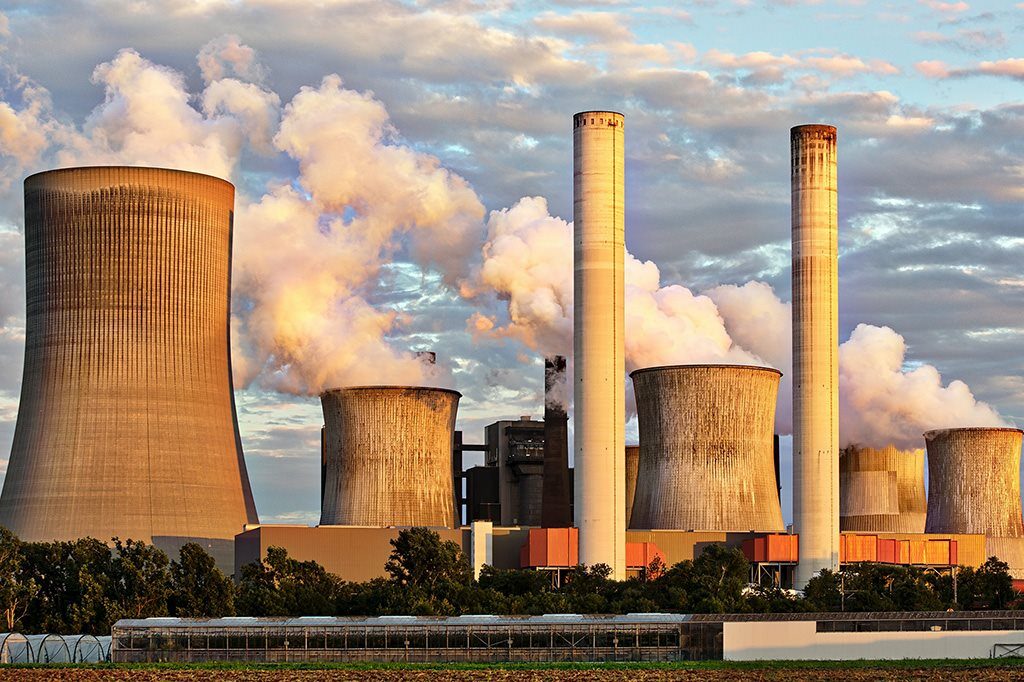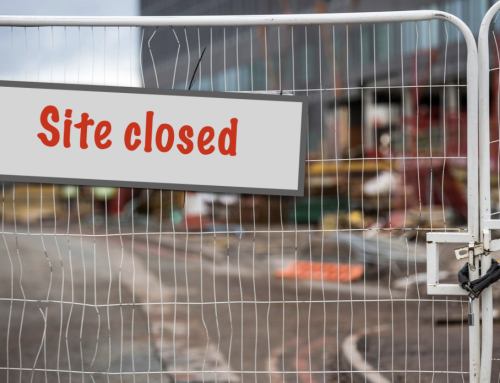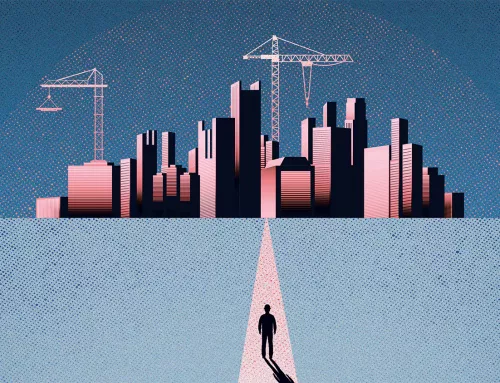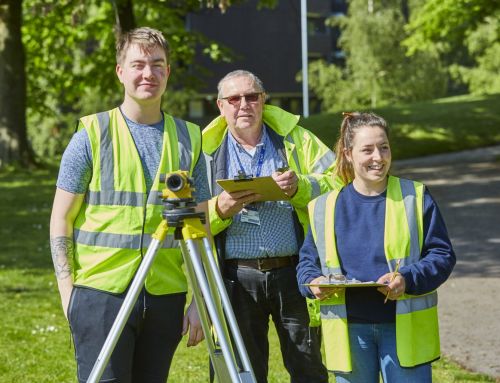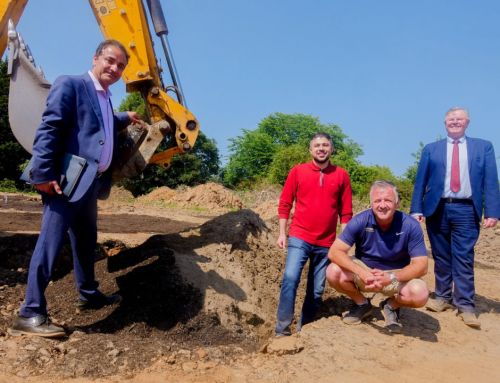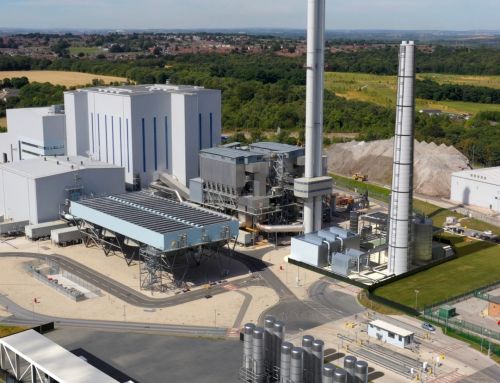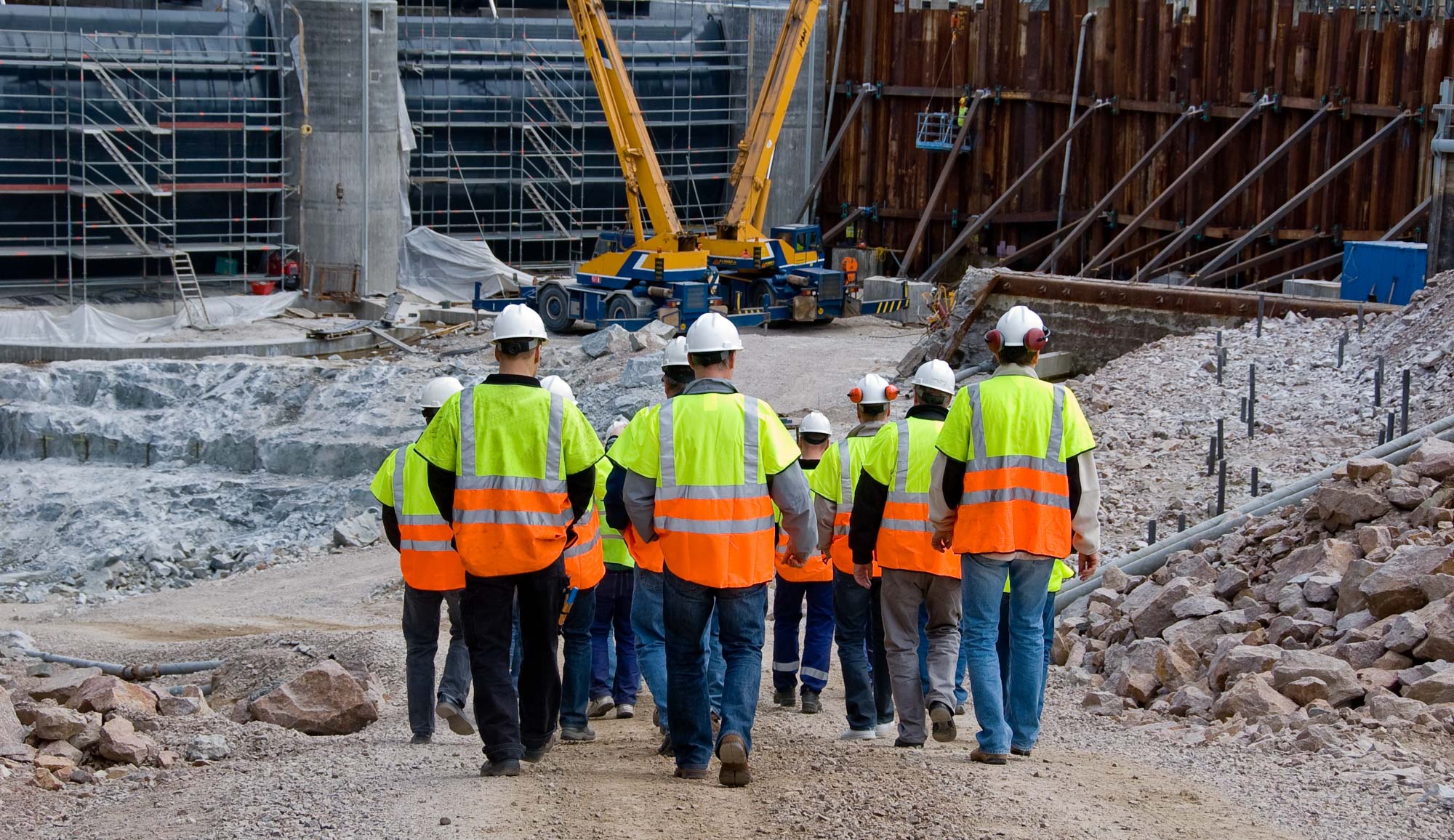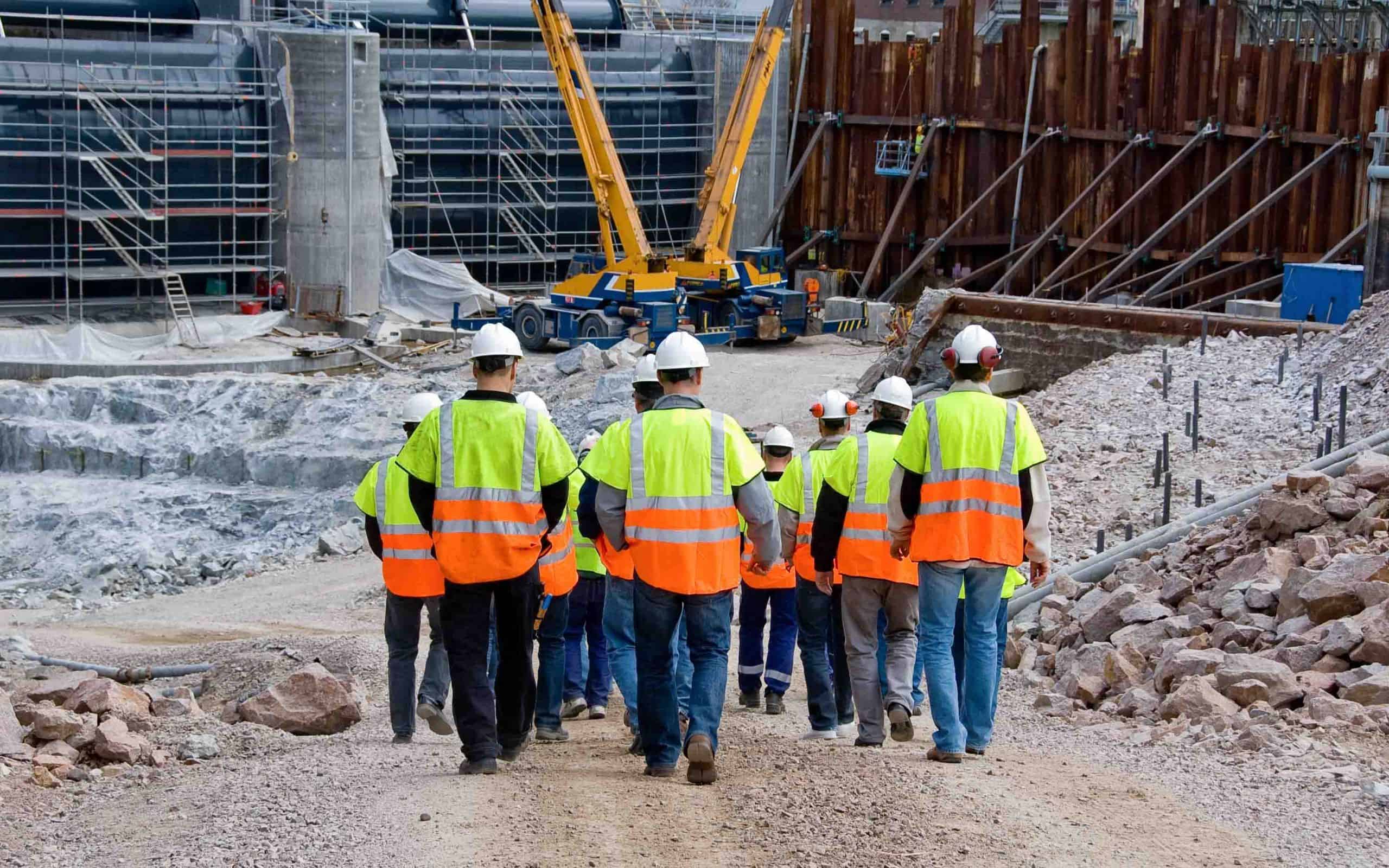E mbodied carbon emissions in the UK built environment have not reduced at the pace required to reach net zero, the UK Green Building Council (UKGBC) has warned.
The body’s assessment of targets, laid out in a 2021 report called the Net Zero Whole Life Carbon Roadmap, found that the sector needs to decarbonise twice as fast as at present by 2025.
Embodied carbon – a term describing activities that come from non-operational activities such as extraction, preparation and transportation of construction materials – fell by only 4 per cent between 2018-2022, according to UKGBC calculations.
This was despite the drop in construction activity in 2020 caused by the Covid pandemic.
To meet national net-zero aims, the built environment sector in the UK needed to reduce embodied carbon emissions by 17 per cent in the period, the UKGBC said.
Overall carbon emissions in the sector fell by 13 per cent, though, but still missed the target of 19 per cent between 2018-2021.
The report comes as world leaders meet at COP28 in Dubai to discuss future agreements for carbon reduction policy.
Also launched at COP28 this week was a major report called Global Tipping Points, on which more than 200 researchers worked. It found that five risky environmental thresholds are imminently at risk of being crossed and three more could be crossed in the 2030s as the world exceeds 1.5 degrees of warming.
Effects could be of a “magnitude never before faced by humanity”, causing financial devastation, mass displacement of people, and half the global growing area for wheat and maize to be lost.
The built environment, including property and construction, is the largest source of climate emissions in the UK economy after surface transport.
Across the world it accounts for 40 per cent of all carbon emissions, and currently stands at a record high level.
UKGBC chief executive Smith Mordak said:
“Unprecedented global events have shaped the story of the built environment over the past four years, but despite forced emissions reductions during the pandemic, this progress report makes one thing clear: our industry is not moving fast enough.
“The timeline to meet net zero cannot extend. We must now reduce emissions twice as fast as we have been to get back on track. The later we leave it, the harder it will be and the greater the missed opportunities for tackling interconnected nature and social crises.”
The organisation called for the government to reverse its recent watering down of net-zero plans, to incentivise widespread home retrofit works and give climate issues priority in the planning system.
Elsewhere this week, a sustainability report by the Royal Institution of Chartered Surveyors found that 43 per cent of construction professionals across the world take no measurement of embodied carbon on their projects.
Source: Construction News
E mbodied carbon emissions in the UK built environment have not reduced at the pace required to reach net zero, the UK Green Building Council (UKGBC) has warned.
The body’s assessment of targets, laid out in a 2021 report called the Net Zero Whole Life Carbon Roadmap, found that the sector needs to decarbonise twice as fast as at present by 2025.
Embodied carbon – a term describing activities that come from non-operational activities such as extraction, preparation and transportation of construction materials – fell by only 4 per cent between 2018-2022, according to UKGBC calculations.
This was despite the drop in construction activity in 2020 caused by the Covid pandemic.
To meet national net-zero aims, the built environment sector in the UK needed to reduce embodied carbon emissions by 17 per cent in the period, the UKGBC said.
Overall carbon emissions in the sector fell by 13 per cent, though, but still missed the target of 19 per cent between 2018-2021.
The report comes as world leaders meet at COP28 in Dubai to discuss future agreements for carbon reduction policy.
Also launched at COP28 this week was a major report called Global Tipping Points, on which more than 200 researchers worked. It found that five risky environmental thresholds are imminently at risk of being crossed and three more could be crossed in the 2030s as the world exceeds 1.5 degrees of warming.
Effects could be of a “magnitude never before faced by humanity”, causing financial devastation, mass displacement of people, and half the global growing area for wheat and maize to be lost.
The built environment, including property and construction, is the largest source of climate emissions in the UK economy after surface transport.
Across the world it accounts for 40 per cent of all carbon emissions, and currently stands at a record high level.
UKGBC chief executive Smith Mordak said:
“Unprecedented global events have shaped the story of the built environment over the past four years, but despite forced emissions reductions during the pandemic, this progress report makes one thing clear: our industry is not moving fast enough.
“The timeline to meet net zero cannot extend. We must now reduce emissions twice as fast as we have been to get back on track. The later we leave it, the harder it will be and the greater the missed opportunities for tackling interconnected nature and social crises.”
The organisation called for the government to reverse its recent watering down of net-zero plans, to incentivise widespread home retrofit works and give climate issues priority in the planning system.
Elsewhere this week, a sustainability report by the Royal Institution of Chartered Surveyors found that 43 per cent of construction professionals across the world take no measurement of embodied carbon on their projects.
Source: Construction News

